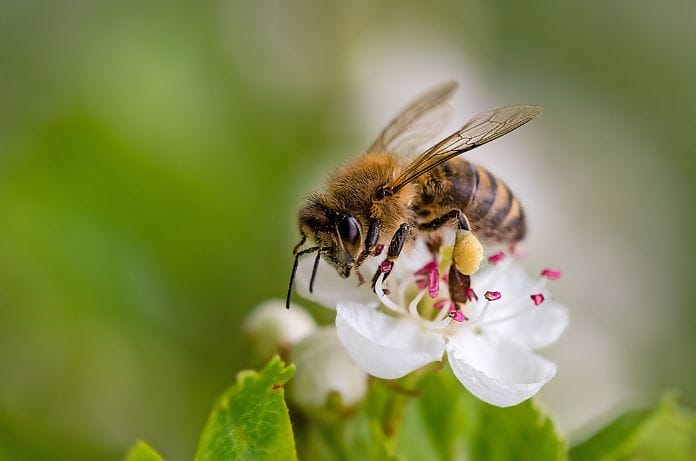One thing many people love about a pollinator garden is the way the flowers can grow freely. You have likely driven past a pollinator garden that had gorgeous wildflowers growing and wanted the same for your garden. The greatest part is that you can get the best of both worlds, as pollinator gardens are as gorgeous as they are beneficial for our little yellow friends. If you want to see things flourish, then you need to know how to make a stunning pollinator garden everyone will love.
Picking an Area
It’s likely that you want to reserve certain areas in your garden to plant specific things like vegetables or other flowers that aren’t solely for pollinator purposes. If that’s the case, you should pick an area in your garden that will solely be for the bees. You might even consider using fencing to section off the area or building a raised garden bed. That will help keep your wildflowers separated from other plants in your garden that could overtake them.
Choosing Your Plants
Of course, one of the most important aspects of making a stunning pollinator garden is to ensure you choose the right flowers. You want to ensure you plant flowers that the bees will love but are also beautiful to look at. Thankfully, you don’t have to worry too much about that, as there are a wide variety of stunning plants that help honey production.
For example, you might consider the colorful tickseed, black-eyed Susans, or sneezeweed. Keep in mind that you’re not beholden to flowers, as you can also plant herbs like bee balm, chamomile, and coriander.
Avoid Hybrids
Unfortunately, many of the plants we tend to see today have gone through modifications in order to have larger blooms and brighter colors. While these plants are certainly gorgeous to look at, there is a caveat: many of them lose the ability to produce pollen or nectar. That’s why you should avoid purchasing hybrids for your pollinator garden. Always aims for older heirloom varieties, as they will be able to produce pollen and nectar.






